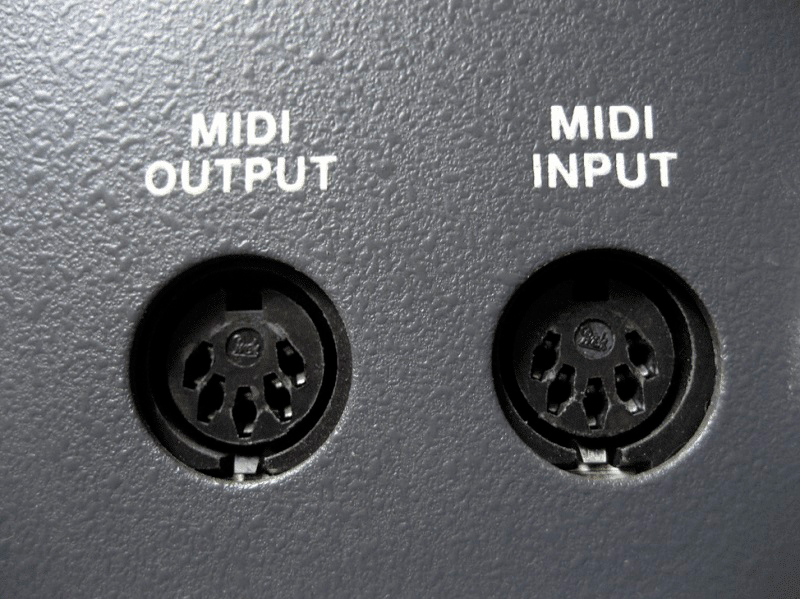It’s hard to get a full benefit even of the best 61-key MIDI controller as it has 27 keys less than a traditional piano. Connecting it to an audio interface, on the other hand, greatly expands its capabilities. For example, you’ll have access to a virtually limitless number of various sound effects and tones that you can use to diversify your musical projects. Furthermore, you will be able to control them all with the help of your keyboard.
An audio interface can convert the keyboard’s signal into a format that your PC and software will be able to recognize. It also can transmit audio from your PC to your headphones and studio monitors.
So, how to connect the MIDI keyboard to the audio interface? At first glance, it may appear to be a difficult process, especially if you don’t know what ports/cables you should use. It is, however, a very simple procedure.
Connecting MIDI Keyboard to Audio Interface
Before we get into the connection process, it’s important to understand what kind of connectivity your keyboard provides. The method of connection is determined by the model’s outputs.
Outputs
Normally, the MIDI keyboards come with two types of connectors:
-
- MIDI IN/OUT. It’s hard to confuse these two round-shaped, 5-pin connectors with the others.

- USB. As usual, MIDI keyboards use a USB-A type.

3 Ways to Connect a MIDI Keyboard to an Audio Interface
#1 Directly to computer
This method is designed for those MIDI keyboards that are supplied with a USB port on their back. You have to hook up your keyboard to your PC via a USB cable just as you do with all the other devices. It’s the simplest way of connection, as you can guess. Plus, the keyboard will use a USB connection as a source of power, so no additional connections are required, and you won’t have to deal with additional cabling.
However, when connecting the MIDI keyboard to the audio interface via computer, you should also install the DAW and enable your keyboard to transmit its commands to it. The DAW serves as a conduit between the audio interface and the keyboard. You can choose from a variety of DAWs (Ableton Live, Adobe Audition, Audacity, Reaper, etc.), there are no limitations in these terms.
So, once you’ve installed it on your computer, you’ll need to connect an audio interface to your DAW for transmission. Then, go to the MIDI settings and set your keyboard to transmit its commands to the DAW.
#2 Directly to audio interface
In fact, a direct connection is the best and the most popular way. Both units that you are going to connect need to have MIDI IN and MIDI OUT connectors. You will also need two MIDI cables. Use them to interconnect the units via their in and out ports. Doing that may be confusing at first, but you will quickly get used to it. The main drawback of this connection is the fact that the keyboard will require a power adapter.
#3 MIDI adapter/MIDI hub
The last one is the most uncommon way, but it can solve a problem when only your keyboard has both MIDI IN and MIDI OUT connectors, but your audio interface has neither of them. In this case, you will need a MIDI hub that is designed to link units with different types of connectors. It looks like a two-headed cable: on one end, it has two cables with 5-pin MIDI connectors. The other end of the cable is a standard USB connector that must be plugged into a computer.

Hi everyone! I’m Thomas Moody, also known as Guitarzan.
